We’ve all been there—opening the fridge to find wilted greens or mushy berries that seemed fine just days ago. While we often blame the grocery store or assume the produce was already past its prime, the real culprit might be lurking in your refrigerator drawers. Misusing your fridge’s storage compartments can dramatically shorten the lifespan of fruits and vegetables, turning crisp ingredients into soggy disappointments overnight.
The science behind food spoilage is more nuanced than we realize. Refrigerators are designed with specific humidity-controlled zones to preserve different types of produce, yet most of us treat these drawers as generic storage bins. This common mistake creates an environment where ethylene gas, moisture imbalance, and improper air circulation team up to accelerate decay. Understanding how to properly organize your fridge isn’t just about neatness—it’s about creating microclimates that keep food fresh longer.
Humidity: The invisible factor ruining your groceries
Those crisper drawers aren’t just random containers—they’re precision tools with adjustable humidity settings. High-humidity drawers work by restricting airflow, creating the perfect environment for leafy greens and thin-skinned vegetables that tend to wilt. Meanwhile, low-humidity drawers allow some ethylene gas to escape, which is crucial for fruits and vegetables prone to over-ripening. When we store apples in high humidity or lettuce in low humidity, we’re essentially forcing these items to spoil faster than nature intended.
The consequences of getting this wrong are both financial and culinary. Americans throw away approximately 30-40% of their food supply annually, with improper storage being a significant contributor. Imagine buying beautiful organic strawberries only to find them moldy two days later because they were suffocating in the wrong drawer. Or picture your expensive artisan greens turning into slime while sturdy root vegetables dry out and crack—all reversible tragedies with proper drawer allocation.
Ethylene gas: The silent produce killer
Certain fruits emit ethylene gas as they ripen—a natural plant hormone that triggers the ripening process in nearby produce. When ethylene producers like apples, avocados, or peaches share space with ethylene-sensitive items like carrots, broccoli, or leafy greens, the results are disastrous. This gas acts as an accelerator, causing vegetables to yellow, greens to wilt, and fruits to become overripe at warp speed. The solution isn’t just separate drawers—it’s strategic placement where ethylene producers are isolated or ventilated.
Modern refrigerators often include special compartments for ethylene-producing fruits, but these features go unused when consumers don’t understand their purpose. Some savvy homeowners have adopted clever workarounds, like storing onions (which absorb ethylene) near ethylene-sensitive produce as a natural barrier. Others use breathable produce bags as an extra layer of protection. The key is recognizing that your refrigerator is an ecosystem where different items interact chemically, not just a cold cabinet for random storage.
The temperature zone reality check
While drawer usage gets most of the attention, refrigerator temperature zones play an equally crucial role. The back of the bottom shelf tends to be the coldest spot—ideal for delicate herbs and flowers but potentially damaging to sensitive fruits. Door bins experience the most temperature fluctuation, making them poor choices for anything that spoils easily. Even the act of overpacking shelves can block proper air circulation, creating warm pockets where bacteria thrive.
Professional chefs have long understood these principles, which is why restaurant walk-in refrigerators have meticulously organized sections. Home cooks can adopt similar strategies by designating specific areas for specific food types. For instance, mushrooms last significantly longer when stored in paper bags on a middle shelf rather than tossed in a drawer. Citrus fruits maintain their vibrancy when kept in mesh bags in low-humidity zones. These small adjustments compound over time, reducing food waste and grocery bills simultaneously.
The modern refrigerator is a marvel of food preservation technology, but its effectiveness depends entirely on how we use it. By treating produce drawers as the specialized tools they are—and understanding how different fruits and vegetables interact—we can extend freshness dramatically. The next time you unpack groceries, pause before automatically stuffing items into random drawers. That moment of consideration might be the difference between vibrant, crisp produce and another disappointing trip to the compost bin.
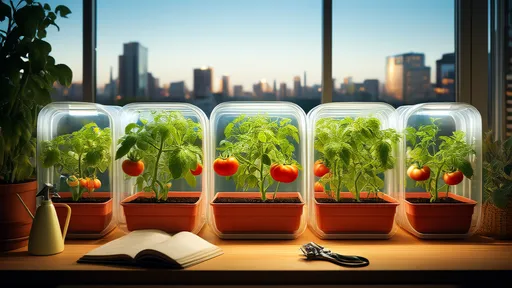
By /Aug 1, 2025
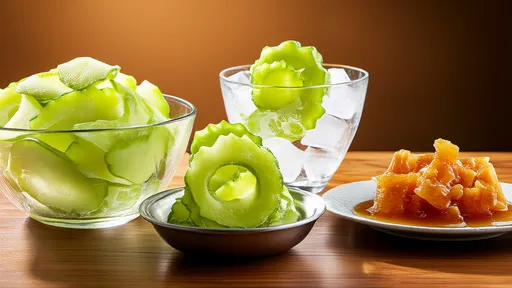
By /Aug 1, 2025
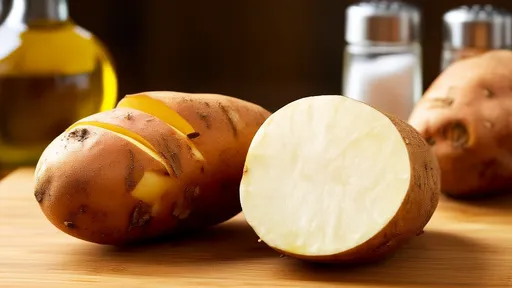
By /Aug 1, 2025
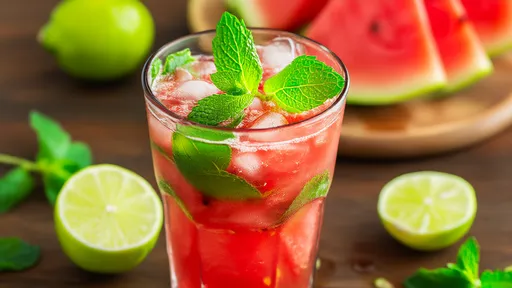
By /Aug 1, 2025
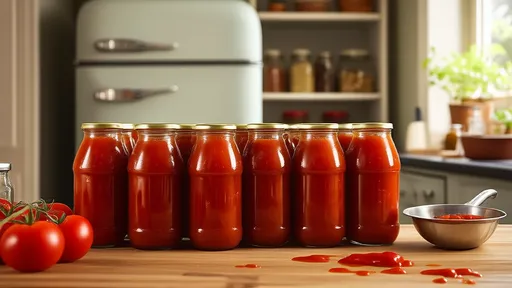
By /Aug 1, 2025
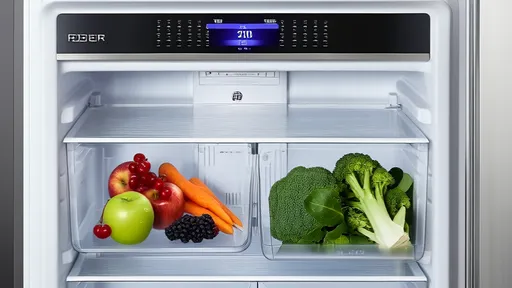
By /Aug 1, 2025
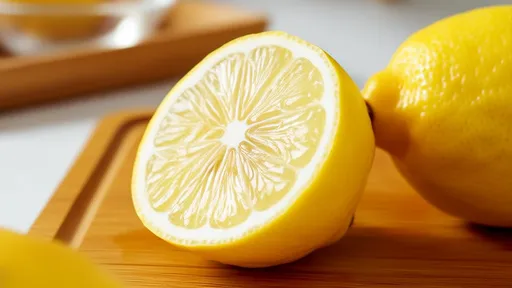
By /Aug 1, 2025
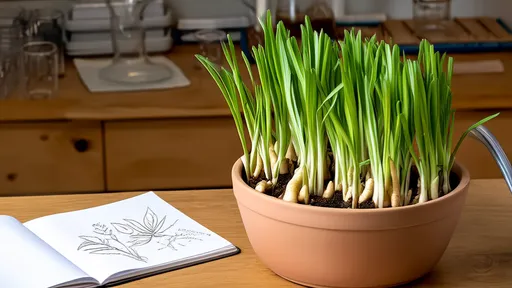
By /Aug 1, 2025
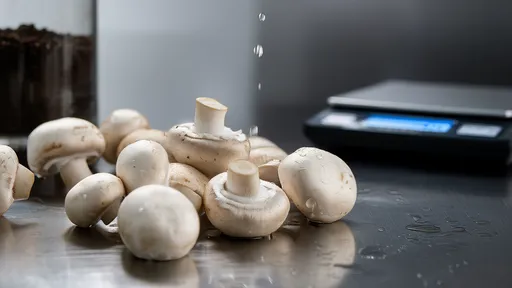
By /Aug 1, 2025
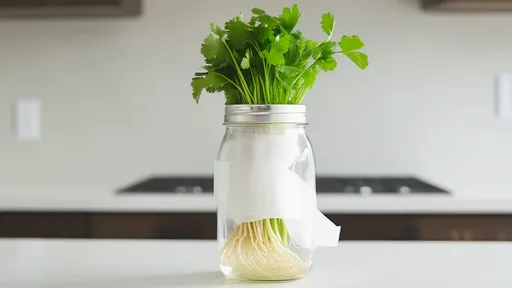
By /Aug 1, 2025
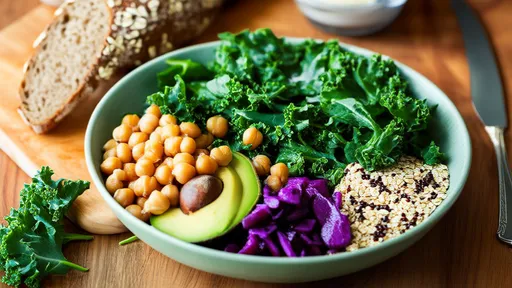
By /Aug 1, 2025
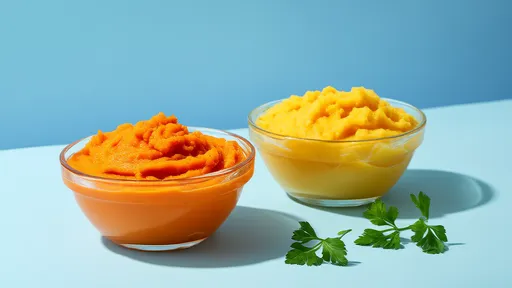
By /Aug 1, 2025
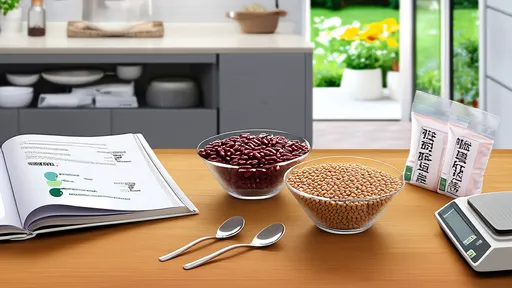
By /Aug 1, 2025
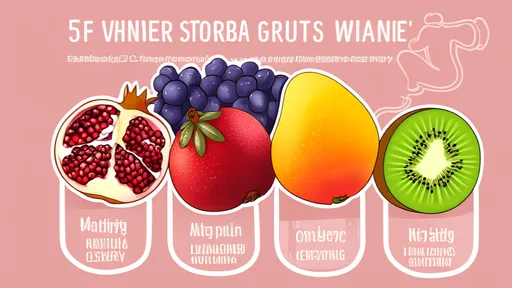
By /Aug 1, 2025
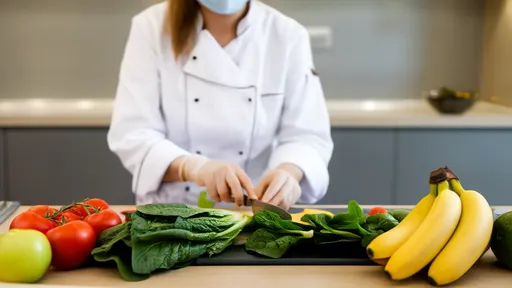
By /Aug 1, 2025

By /Aug 1, 2025
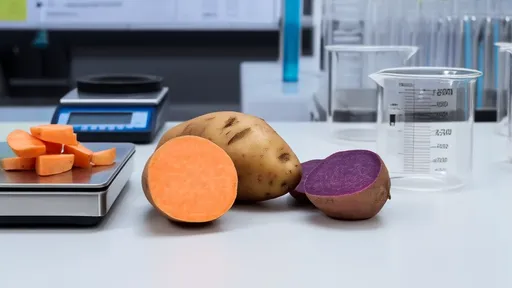
By /Aug 1, 2025
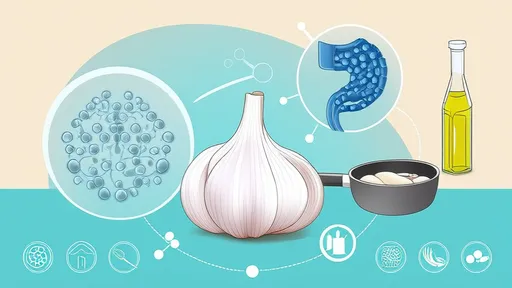
By /Aug 1, 2025